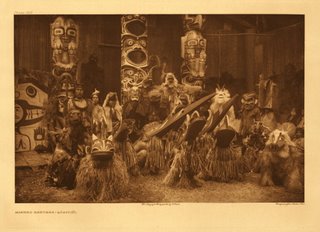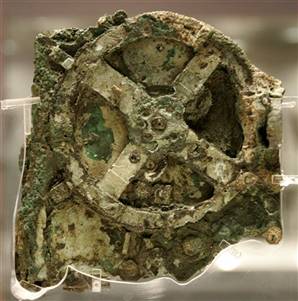Novalis' Encyclopedia finally in English
Here's a link to more Novalis.
Labels: Further Studies, Novalis
Maps of Poetry and the Surrounding Territories
Labels: Further Studies, Novalis
Labels: Malaprops, readings, Warren Wilson College
Labels: poems
On Friday, December 22, 2006, at 7:00pm The Flood Fine Art Center in the River District, will host the first in an ongoing series of poetry readings. Four local poets: Jeff Davis, Josh Flaccavento, David Hopes, and Audrey Hope Rinehart will each read in a round robin format.Should be fun. I've read before with David, and have heard Hope read several times, most recently at the farewell party for Jaye Bartell. Don't know Josh's work, but am looking forward to hearing it.
Jeff Davis is a board member of the Black Mountain College Museum + Art Center. His poems have appeared in Lillabulero, Iron, Asheville Poetry Review, and Nantahala Review. NatureS, his selected poems, appeared from New Native Press in 2006. His weblog is at http://www.naturespoetry.blogspot.com.[and here you are]Josh earns a living as a free lance writer. His work has appeared in Western Carolina Business Journal, the Hendersonville Times-News , Ghetto Blaster and the DownTown . His creative work has been published in The Emerson Review and Ampersand. He recently won the 2006 Revoluticon short story contest and was co-editor of the recent anthology The Lake of the Dead Sessions.
Audrey Hope Rinehart, a WNC native, has been a featured poet at the local reading series "Fresh Air" and "Velcro." She recently co-edited the literary anthology, The Lake of the Dead Sessions. Rinehart completed her first manuscript, The Prophetess Speaks of Death, a collection of poems, earlier this year.
David Hopes's new book of poetry, A Dream of Adonis, is due from Pecan Grove Press early in 2007. He has brought out two volumes of nature essays, A Sense of the Morning and Bird Songs of the Mesozoic, and his memoir, A Childhood in the Milky Way, was nominated for a Pulitzer Prize and the national Book Award. In February he heads off to Palm Springs for the premiere of his prize-winning play, Ann Livia, Lucky in Her Bridges.
This inaugural poetry reading will serve as a fundraising event for the Flood Fine Arts Center, a not-for-profit venue in the historic Phil Mechanic Studios located on the French Broad River immediately north of the Riverlink Bridge at 109 Roberts Street. Since it opened earlier this year, the Flood Fine Arts Center has featured paintings and sculpture by both national and international artists, including artists Habib Kheradyar from Los Angeles and Hague Williams who divides his time between Chicago and Prague. Most recently exhibiting is renowned artist Lorraine Walsh who has exhibited in Cuba and in Germany. In addition, Flood Fine Arts Center is active in art education for adults and children, including special projects with at-risk kids. The Center hopes to kick off its planned Artists In Residency Program this upcoming season.
Flood Gallery Fine Arts Center is located at 109 Roberts Street in the River Arts District of Asheville North Carolina. For more information, please contact Mark Prudowsky at info@floodgallery.org or call 828-776-8438.
Labels: Audrey Hope Rinehart, David Hopes, Flood Gallery, readings
Labels: Jaye Bartell, poets

Labels: BMCMAC, British Columbia, Kwakwaka'wakw, poets, readings

Labels: Jaye Bartell, poets, readings

Labels: Antikythera, astrology, Further Studies, technology